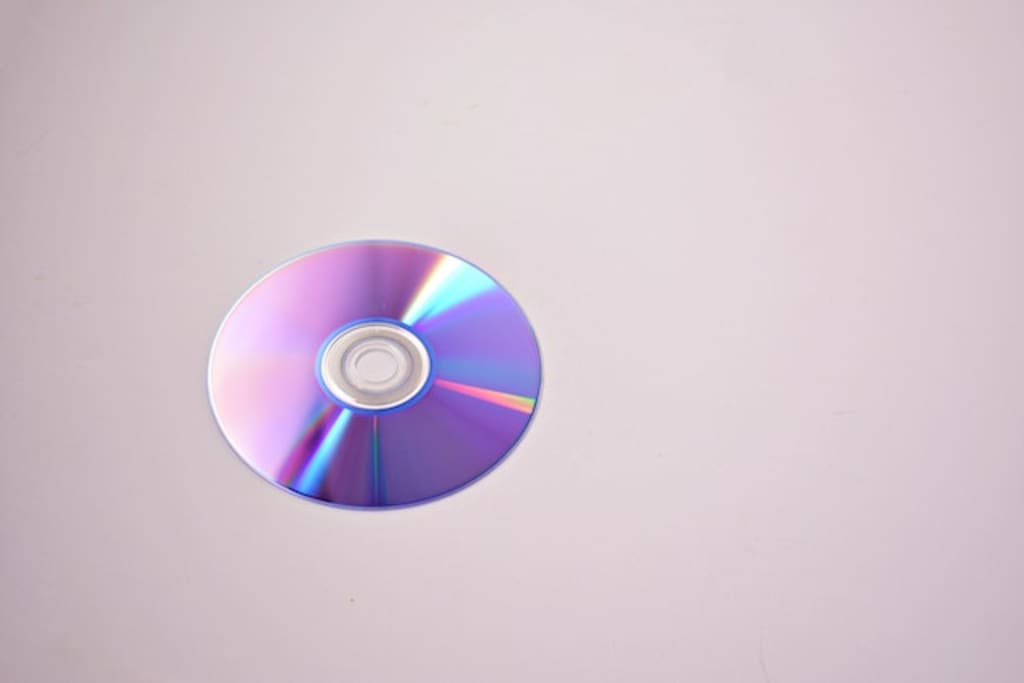How Are CDs Manufactured?
An Interesting Process

Since their introduction in the early 1980s, Compact Discs (CDs) have become a standard method for storing and disseminating digital media such as audio recordings, computer programs, and video and audio recordings. Producing a CD is a multi-step procedure requiring advanced technology and skilled workers. This article will take you through every step of the CD production process, from mastering to packaging, to help you understand how these popular digital media storage devices are made.
Guide on How CDs Are Manufactured
Mastering
Create a digital master recording of the audio or data recorded on the CD as the first stage in the manufacturing process. Mastering often uses specialist software and hardware to generate a high-quality digital recording from the analog source material.
To guarantee that the final result is of the greatest quality, it is required to review the digital master recording for flaws and make any necessary adjustments once it has been generated. The next stage in CD manufacturing involves taking the master recording and using it to make a glass master.
Glass Mastering
Making a glass disc, sometimes called a stamper, from the digital master recording is part of the glass mastering process. To press the information onto the final CD, a stamper is made that is an identical duplicate of the digital master recording.
To make the stamper, a laser beam is shone onto a glass disc coated with a photosensitive material, leaving behind a pattern of pits and lands that stand in for the information on the disc. A physical imprint of the holes and lands is made on the surface of the glass disc during the development process. After the stampers for making CDs have been made from this glass disc, production may begin.
Injection Molding
CDs are manufactured from raw polycarbonate plastic using an injection molding method. To make CDs, plastic is heated to a certain temperature and then injected into a mold made in the form of a compact disc.
After the mold has cooled, the plastic disc may be released. The disc is checked for flaws and blemishes before being cut to the proper dimensions. The disc is currently a blank CD that may be used for any purpose.
Metallization and Replication
Metallization and duplication is the next procedure in creating a CD. For CDs to be read by a laser, they must be "metalized" or coated with a tiny layer of reflective material, often aluminum.
To replicate a CD, a stamper must be made from glass mastering and then used to transfer the data to the disc during the replication process. A blank CD is placed on top of a duplication machine's stamper. The machine presses down on the disc, permanently imprinting the pits and landings into the plastic.
When the information has been imprinted into the disc, a lacquer coating is added to safeguard it from wear and tear.
Printing and Packaging
Printing and packing the CDs is the last operation before distribution. Labels and any other artwork or information on the CD are printed on the disc itself. Silk screening or offset printing is commonly used for printing.
After printing, the CD and any inserts or booklets are placed in a jewel case or other packaging.
CD Recycling
Check With Your Local Recycling Program
Certain recycling programs may accept the CD but not others. If you want to recycle CDs, you should call your city's recycling center to check whether they take them and, if so, what the rules are.
Remove Any Paper or Plastic
CDs with paper or plastic labels should be stripped off before being recycled. The CD's protective plastic casing should also be removed.
Break the CD
Shatter the disc into tiny bits to render it unusable forever. Take precautions to prevent harming yourself while doing this. It may also be trimmed or shredded.
Recycle the Pieces
The CD may be recycled with other plastics after it has been shattered into little bits. Contact your community's recycling center to learn more about plastic recycling options.
Uses of CDs
Music
Audio CDs have mostly replaced record players as the standard for playing music. Many albums are still distributed on compact discs, and many music fans prefer to have physical copies of their albums rather than stream them online.
Software Installation
Software for PCs is often installed via CD. Companies that create software often sell it on CDs that can be popped into a computer and run.
Backup Storage
CDs are also handy for archival purposes and may be used to store multiple copies of items such as papers, images, and music. They are long-lasting and won't go bad quickly, so you can always count on them as a safety net.
Conclusion
In conclusion, creating a CD entails a lengthy procedure requiring high-end tools and skilled workers. Each stage, from initial mastering to final packaging and distribution, plays a vital role in maintaining the quality of the final product.





Comments
There are no comments for this story
Be the first to respond and start the conversation.